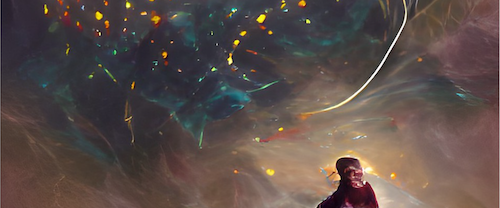Cosmic voids are vast underdense regions of space in the large scale structure, whose statistical properties we've only recently been able to fully utilize. In particular, the cross-correlation of voids with galaxies allows us to explore redshift-space distortions and use the Alcock-Paczynski effect to constrain the laws of gravity and the expansion history of the Universe. In my talk I will...
In our work (arXiv:2010.03742), we investigate the influence of voids on galaxy formation. In contrast to the dense environment of galaxy clusters, a galaxy should have difficulty forming in the underdense environment of a cosmic void. The gravitational pull of the void's surroundings should weaken the matter infall onto a dark matter halo located in the void. The effect should be the...
The inference of cosmological quantities needs accurate and large cosmological simulations.Yet, the computational time takes millions of CPU hours for a modest coverage in cosmological scales (~(100 Mpc/h)^3). This ML method could have a decisive impact on the results derived from QSO surveys, e.g., SDSS3/4 data, which has a resolution power of R=1500 and R=2000. But it could be critical for...
Recent progresses in Machine Learning have unlocked new possibilities to tackle scientific problems by means of neural networks, and already many applications have been developed both in astrophysics and cosmology. In this presentation, using a Generative Adversarial Network (GAN), an unsupervised learning model, we demonstrate the possibility to learn the distribution of dark matter of the...

